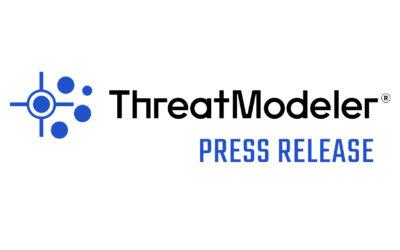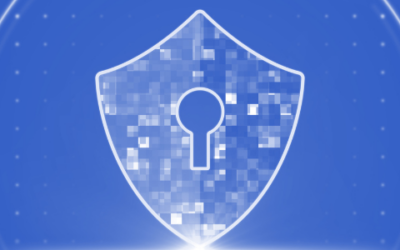This International Women's Day, let's challenge the outdated narrative that has held back countless women in...
Our Blog
ThreatModeler Announces Version 7.0
Bringing Machine Learning and AI, Real-Time Collaboration, and Customized Risk Calculation to the Process of Automated...
Revolutionizing Automotive Security: ThreatModeler Introduces Free, Tailored Threat Models
Exciting News! ThreatModeler is revolutionizing automotive security with 18 cutting-edge threat models tailored for...
The Best Cyber Insurance is Not What You Think
Cyber insurance is now a big business (and growing more over time). Cyber insurance statistics show that claims grew...
Earthquakes, Cyber Breaches, and Mitigating Disasters through Design
By Archie Agarwal In an era where cyber threats are constantly evolving, relying solely on reactive security measures...
Why Threat Modeling?
Everyone involved in application development would rather prevent an incident than have to respond to one. The adage,...
Can You Code Your Way to Cybersecurity?
Yes, coding skills are highly valuable in the field of cybersecurity. Being able to write and understand code allows...
One Good Way to Know if Developers are Developing Secure Code
There was a time when developing secure code was just a good idea. Now, in many instances, it’s a...
Agile Development: What You Need to Know
Everyone is a fan of agile development. And while there are many benefits to adopting an agile methodology, one of the...
Vulnerability management, its impact and threat modeling methodologies
This recent article from Security Intelligence emphasizes the significance of vulnerability management in...
Understanding Live Cloud Environment and Threat Modeling
Cloud adoption is on the rise. And thanks to the pandemic, the rate of adoption is accelerating. Worth an already...
Where are You in Your Threat Modeling Journey?
We like to say that to do it right, threat modeling cannot be a one-time project. Your threat modeling journey must be...











